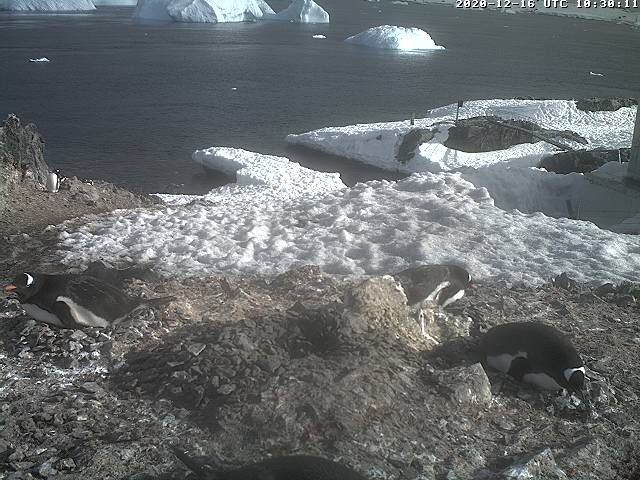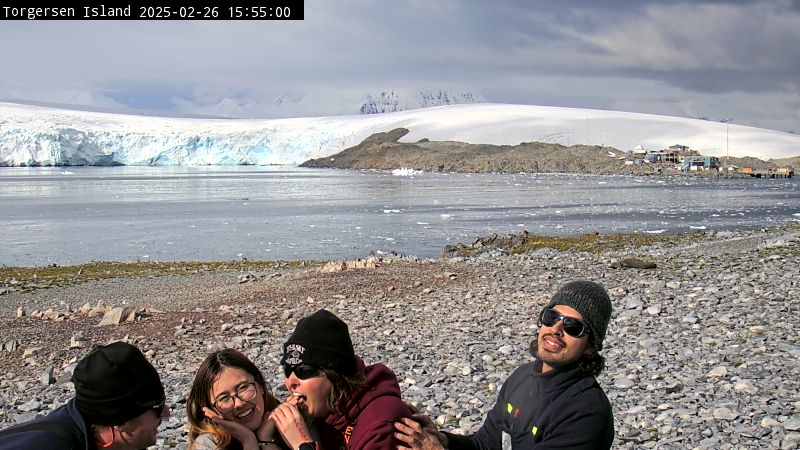


Gentoo penguins on the march at new exhibit
Last Edit: Mar 18 2010 - 9:13pm
A colony of birds just flew to Utah from
The Gentoo penguins arrived a week ago and are adjusting to their new home at The
"They are fantastic -- just swimming around and frolicking all over the place," said
"Penguin Encounter," the newest exhibit at the aquarium, opens March 26. There are 17 species of penguins in the world, and aquarium officials chose to showcase Gentoo penguins for a reason. "It completes our 'Journey to South America' exhibit," said Hyde, explaining that Gentoo penguins are native to the
"The water in the exhibit, and the air, is kept at about 42 degrees, said Hyde. "They're one of the species that are most active in the water," she said of the penguins, which measure about 20 inches tall and typically weigh 10 to 14 pounds. "Most likely, when you come, you'll see them swimming around quite a bit."
Gentoo penguins can swim up to 17
"They don't fly in the air, but they fly in water," said Hyde. Their diving techniques, and their ability to pop up out of the water and onto land make them fun to watch. "They're quite noisy, and have kind of a honk," she said.
The exhibit
"Penguin Encounter" is designed to resemble a Falkland Islands research station, where visitors will be able to observe the penguins underwater and on land. "The exhibit will teach all about the physiological aspects of the birds, including why they don't fly in the air, but do fly in water," said Hyde, Visitors will also learn how penguins survive in the cold.
"They have more feathers than any other species of bird," she said. "They have to keep a heavy coat, basically, of blubber and feathers to keep them warm, and their feathers are extremely water-resistant."
Information about what the penguins eat (herring, smelt and capelin), why they molt, their behavior, their environment and predators will also be part of the display. Information about the resident penguins will be updated regularly on a research board.
The penguins at The Living Planet Aquarium were born and raised in captivity. They come from Moody Gardens in Galveston, Texas. "We have a total of 11 penguins," said Hyde. "I believe three of them are chicks, about 6 months old. We have a breeding pair, and the rest are about a year old. We're hoping, with that breeding pair, to get some new baby ones at some point -- that will be exciting."
Source

.jpg)





















No comments:
Post a Comment